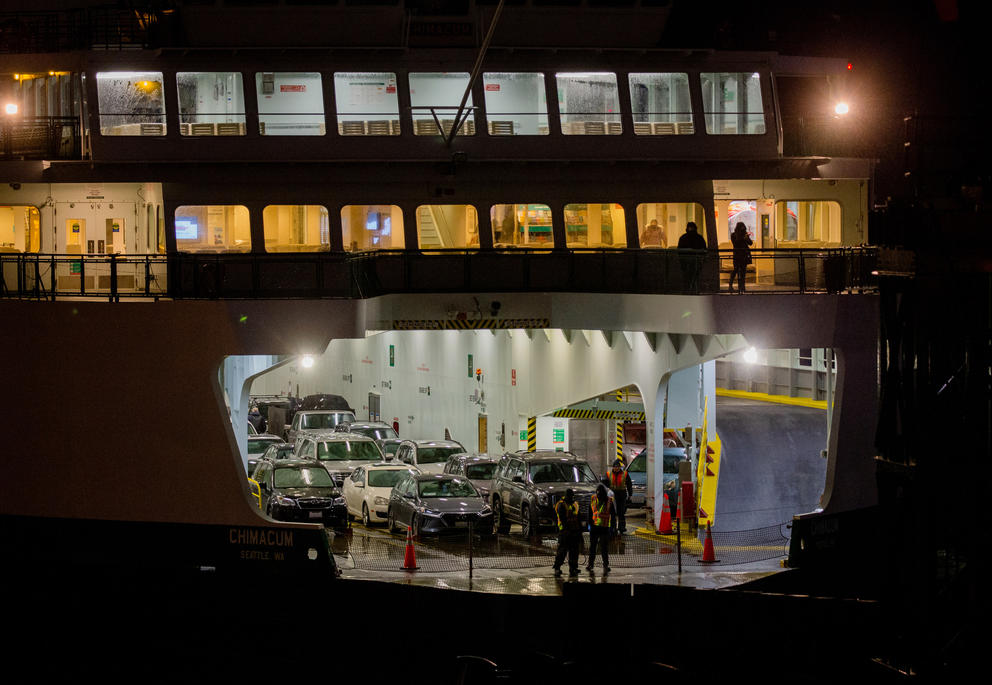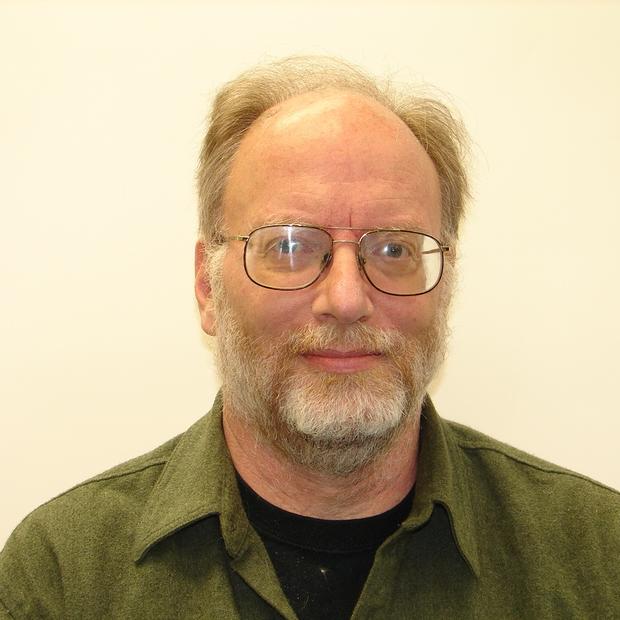The two Democrats and two Republicans considered the front-runners to replace Jay Inslee as Washington’s governor have all indicated they would be receptive to replacing the first two hybrid ferries with diesel-only boats, if that speeds the replacement process.
But the change would do just the opposite — requiring more time to design and build the new boats if plans already in progress are changed.
Last year, the Legislature put money in the state budget to build five hybrid ferries to cut back on carbon pollution in Puget Sound while replacing some of the least reliable boats in the system.
The Washington State Ferries system says switching from hybrid to diesel at this point would delay completion of the first two replacement ferries from 2028 to 2030. In fact, the current plans call for completing all five hybrid ferries by 2030, while the delay would mean fewer new ferries would be ready at that time.
The ferry system is struggling to keep 10 routes that criss-cross Puget Sound fully functional. The system requires 19 vessels during its peak usage period and 17 during the off-season. Eight years ago, the ferry system had 24 boats, but three were sold after they reached their design lifespan. The oldest vessels still in the system are 64 years old.
With some ferries being maintained or under repair, the fleet usually has 16 to 18 vessels in service at a time. WSF aims to expand that to 21 to 26 vessels by 2040, 22 of which would be hybrid diesel/electric, to reduce the fleet’s carbon footprint by 76%.
Ferry breakdowns over the past year have created a greater sense of urgency to build replacements.
“Everyone wants new ferries as soon as possible. … If we could go faster, we’d be probably doing it,” said Matt von Ruden, the WSF’s electrification program administrator.
Switching from hybrid to diesel-only ferries is like trying to maneuver a huge ship in a tight space: It takes time. Part of the challenge is that the Legislature, not the governor, is key to making such a change.
In 2023, the Legislature directed the WSF to build five hybrid ferries. Other legislation allocated $1.3 billion to build them. New legislation would be needed in 2025 to change the plans for the first two ferries, including reallocating money.
The design work for the hybrid ferries is almost complete. WSF cannot recycle designs from its current Olympic-class diesel ferries built between 2014 and 2018, von Ruden said, because the propulsion system and electrical system suppliers for last decade’s ferries are now out of business. WSF would need to identify new monster-size propulsion systems for the diesel-only ferries, and redesign the vessel to accommodate them.
Only after the redesign work is completed could the state provide good cost estimates for completing two diesel ferries by 2030. Then the Legislature would have to sign off on the new plans.
“This is custom, complex engineering,“ von Ruden said.
Washington also has already started the preliminary contracting process to hire one or two shipyards to build the five hybrid ferries. This process would have to begin again from scratch after the new design work is finished on the proposed diesel-only ferries, von Ruden said.
The contracting process includes approaching shipyards to see who is interested in the project; visiting those shipyards to ensure they are capable of the work; then formally taking bids on the project and awarding the job to a contractor or contractors.
Von Ruden said it normally takes roughly a year from picking a shipyard to working out the contractual details before construction begins. Then it takes roughly two years to build a ferry. Currently, construction of the first two hybrid ferries is scheduled to begin in early 2026 and finish in 2028.
The front-runners in the governor’s race — Attorney General Bob Ferguson, Sen. Mark Mullet, D-Issaquah, Republican former Congressman Dave Reichert and Republican Semi Bird — have all indicated they would be receptive to diesel-only ferries with Reichert actively pushing for the change.
Ferguson campaign spokesman Erik Houser wrote to Cascade PBS: “He has not said that switching to diesel would be faster, just that if it is the fastest solution, we should pursue it as an option.”
In a written statement Monday, Ferguson said: “I am committed to immediate action to address the challenges facing Washington State Ferries — from staffing needs to reliability of boats and facilities. Part of our plan for the ferry system states that my administration would ‘immediately issue two new ferry construction request for proposals (RFPs) for two boats to be delivered as soon as possible, including diesel ferries if this is the fastest solution, and a separate RFP for three hybrid-electric boats.’”
Ferguson’s plan also includes having the head of Washington State Ferries report directly to the governor.
“We have no reason to doubt the analysis from Washington State Ferries,” Ferguson said after being told that WSF says it would take longer to build diesel ferries at this point.
In an email to Cascade PBS, Reichert said both cost and timing are important factors in this decision.
“I would venture to guess neither the people of Washington nor our Legislature would have agreed to the ferry electrification program if they knew just how much it would set back the renewal of our fleet and the actual additional costs that came with it,” Reichert wrote.
He noted that the first attempt to procure hybrid-electric ferries resulted in bids nearly double what WSF paid for comparable diesel ferries a few years earlier. Reichert added that since the request for proposals has yet to be issued, Washington officials do not know yet if the few shipyards in the U.S. with the experience to build these vessels would even bid on this project.
Even though the contractor that built the propulsion system used in Washington’s Olympic Class ferries is no longer in business, Reichert thinks WSF should use that design and find another manufacturer of large diesel engines to work with. He thinks the ferry system should start working on a plan for a diesel ferry in preparation of a potential change during the 2025 Legislature.
In a written statement to Crosscut, Democrat Mark Mullet said: “I’d want my own head of Washington State Ferries to guide me in what the choice would be. The boats we’re discussing were approved in the 2015 transportation package – the fact that it’s taking 13 years to get them in the water is unacceptable. It’s time for new leadership to expedite this process and be responsive to the needs of Washingtonians, so people can get where they need to go throughout our state, quickly. As governor, I’d work on much-needed improvements to this process.”
Bird’s campaign didn’t respond to repeated requests for comment from Cascade PBS.




